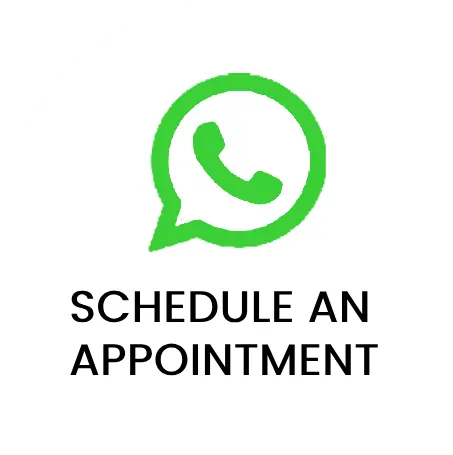CORNEAL CROSSLINKING
Who Benefits from Corneal Cross-Linking (CXL)?
Corneal Cross-Linking (CXL) is a surgical procedure aimed at treating a weakened or distorted cornea. Diseases or certain surgeries can damage collagen, a vital component that maintains the cornea’s integrity. Through “cross-linking,” CXL surgery reinforces the cornea by binding new collagen fibers together.
CXL is beneficial for individuals diagnosed with:
Keratoconus: A condition where the cornea gradually thins and changes shape, resembling a cone. This leads to blurry vision and other symptoms, sometimes necessitating specialized contact lenses or surgery.
Corneal bulging (ectasia) post-LASIK surgery: LASIK, while correcting vision, may occasionally weaken the cornea, causing it to protrude akin to keratoconus.
What to Expect During CXL Surgery
CXL is performed as an outpatient procedure, allowing patients to return home the same day. The procedure involves the following steps:
- Numbing eye drops are administered while the patient lies down.
- The ophthalmologist removes the outer layer of the cornea (epithelium) to facilitate deeper penetration of medication. Numbing drops ensure minimal discomfort.
- Vitamin B (riboflavin) eye drops are applied to the cornea for approximately 30 minutes. A specialized device emits focused UV light onto the cornea for around 30 minutes, activating the riboflavin and promoting the formation of new collagen bonds.
- A bandage contact lens is placed over the eye to aid in corneal healing, typically remaining in position for about a week.
- Antibiotic and steroid drops may be prescribed to facilitate healing post-surgery.
Post-CXL Care
During the initial week of recovery, it is important to avoid:
- Touching or rubbing the eyes
- Exposure to water
- Use of eye makeup
- Vigorous exercise
- Environments with smoke or dust
- Patients may receive prescribed drops to aid in healing.
Common Side Effects of CXL Surgery Patients may experience:
- A sensation of foreign bodies in the eye.
- Light sensitivity.
- Dry eyes.
- Blurred or hazy vision.
- Mild eye discomfort or pain.
In rare cases, serious side effects such as worsened keratoconus, scarring, infection, or vision loss may occur.
Recovery Period
- Patients should consult their doctor regarding the resumption of normal activities, typically achievable within 1 to 2 weeks post-surgery.
Vision may take several months to stabilize, necessitating adjustments to eyeglasses or contact lens prescriptions after 6 to 8 weeks.
While CXL cannot reverse existing corneal thinning or bulging, its objective is to prevent further progression of conditions like keratoconus or ectasia, potentially avoiding the need for more invasive procedures such as corneal transplants.
If severe eye pain or sudden vision changes occur post-surgery, immediate medical attention is necessary.
Trust Envision Lasik Centre, Hyderabad’s top hospital for Corneal Cross-Linking (CXL). Prevent progression, protect your vision, and get expert care every step of the way.
Cost of Corneal Cross-Linking (CXL) in Hyderabad
Many patients considering CXL surgery want to understand the cost and what factors influence it. At Envision Lasik Centre, we offer affordable, transparent pricing for corneal cross-linking, with no hidden charges. The cost can vary based on:
The severity of keratoconus or ectasia
Whether one or both eyes are treated
The technology used (standard CXL or advanced CXL protocols)
Inclusion of follow-up care and medications
💡 Tip: We provide flexible payment options and can guide you on insurance coverage if applicable. Contact us today for a personalized estimate.
The FDA approval age is 14; however, the earlier the disease is treated, the better. We know that cross-linking is effective and that preventing the development of visually devastating keratoconus is a significant quality of life enhancer.
CXL postoperative pain can be intense, especially in the first 3 days, even with an aggressive pain control regimen; however, pain and the need for analgesia decreased significantly on each consecutive day.
At Envision Lasik Centre, we weave precision, safety, and unparalleled patient care into the fabric of every vision journey, guaranteeing a seamless and triumphant experience for all. Rely on us for avant-garde technology, seasoned surgeons, and a steadfast dedication to illuminating lives with crystal-clear vision.


